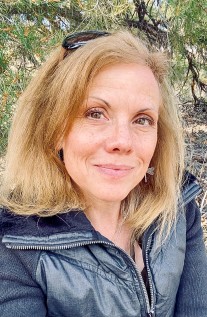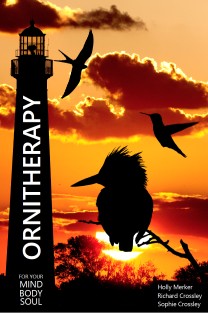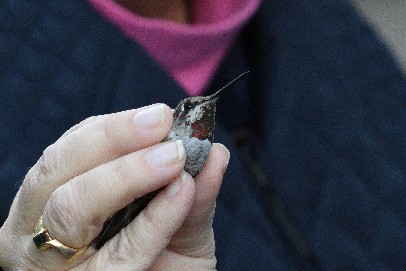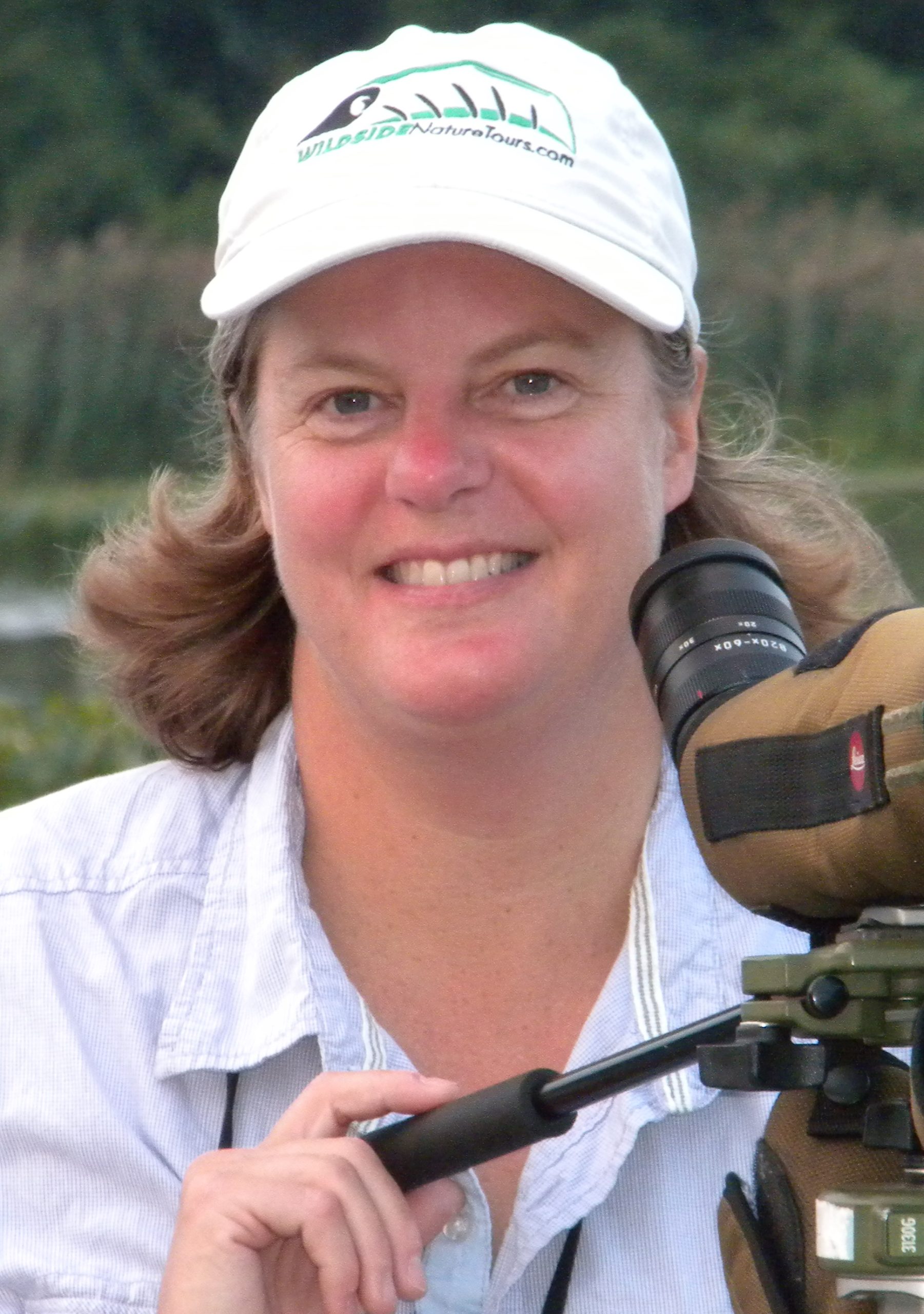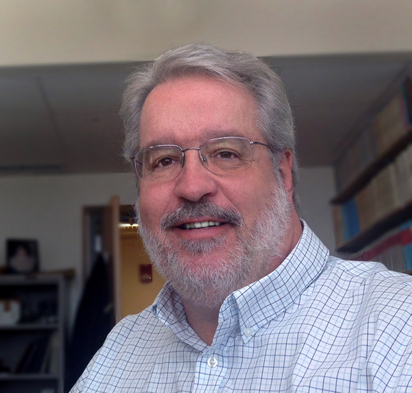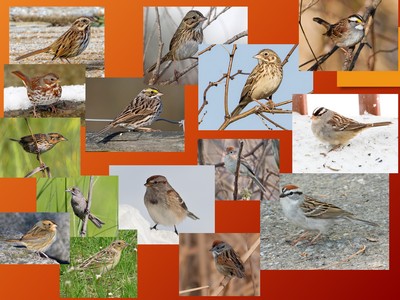Holly Merker - Club member and lead author of the new book "Ornitherapy: For Your Mind, Body and Soul"
Watching birds: not only fun, but good for you!
Learn why getting your daily dose of Ornitherapy is just what the doctor ordered….
Ornitherapy, or a more mindful approach to the observation of birds, benefits our mind, body, and soul. We’re pushed and pulled in many directions, no matter our age. If we allow birds and nature to slow us down, we are practicing a form of “selfcare”. Research shows that exposure to nature actively reduces stress, depression, and anxiety, while helping build a stronger heart and immune system. Birds are gateways into deeper experiences with nature, magnifying these benefits. Through observation, we can learn not only about birds, but gain insight into our own lives while exploring our connection to the world around us. This fosters stewardship and bolsters conservation.
Within the program, we’ll delve into our connections to birds, how to practice Ornitherapy for optimal benefits, and learn about the latest research in the power of nature for overall wellbeing. Come listen to how watching birds can bring you more than just the enjoyment.
Holly Merker has a background in art therapy, but today employs birds and nature toward the same goals of wellbeing in her work as an environmental educator and birding guide. Holly has worked as a professional birding instructor for National Audubon, the American Birding Association, and many other organizations. Passionate about connecting young people to birds, she co-founded the Frontiers in Ornithology Symposium, and has facilitated many young birder groups and teen birding camps. Dedicated to bird conservation, she has been state coordinator/reviewer for the Cornell Lab of Ornithology’s eBird Pennsylvania since 2005, and a two-term voting member of the PA Ornithological Records Committee, as well as the Committee Chair. Holly is lead author of the book Ornitherapy: For Your Body, Mind, and Soul (along with co-authors Richard Crossley and Sophie Crossley, Crossley Books, 2021) and is currently promoting the practice of Ornitherapy and providing workshops and programs across the U.S. In her free time, Holly spends every possible moment practicing Ornitherapy herself, which she credits in helping her defeat breast cancer, restoring her health mentally and physically.
Note: This is a virtual meeting. Zoom signon will start at 7:15 to enable the meeting to begin at 7:30.
